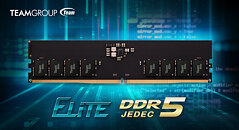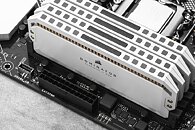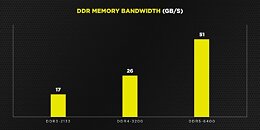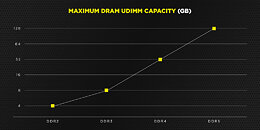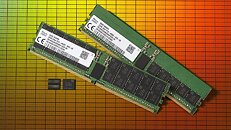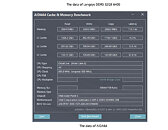Sabrent Announces High-Performance SO-DIMM DDR4-3200 CL22 Memory Modules
Sabrent Rocket 8 GB, 16 GB, and 32 GB DDR4 SO-DIMM 3200 MHz Memory Module for laptop, Ultrabook, and mini-PC. Expand your horizons with Sabrent Rocket DDR4 memory. Your favorite SSD company wants to make sure the rest of your system feels responsive, too. We provide affordable, high-capacity DRAM options to make sure you never feel left behind. Our passion for memory matches your desire to exceed the limits of your imagination. Our design is tight and cool, making sure never to get in the way of your dreams.
Running out of memory? Providing up to 32 GB of memory per stick, Sabrent's Rocket DDR4 has all your needs covered. You're just a single upgrade away from a lag-free experience. Don't let your lack of memory slow you down - realize the potential to multi-task like never before. Our DRAM will improve your productivity and your gaming experience, all at the same time.
Running out of memory? Providing up to 32 GB of memory per stick, Sabrent's Rocket DDR4 has all your needs covered. You're just a single upgrade away from a lag-free experience. Don't let your lack of memory slow you down - realize the potential to multi-task like never before. Our DRAM will improve your productivity and your gaming experience, all at the same time.






























